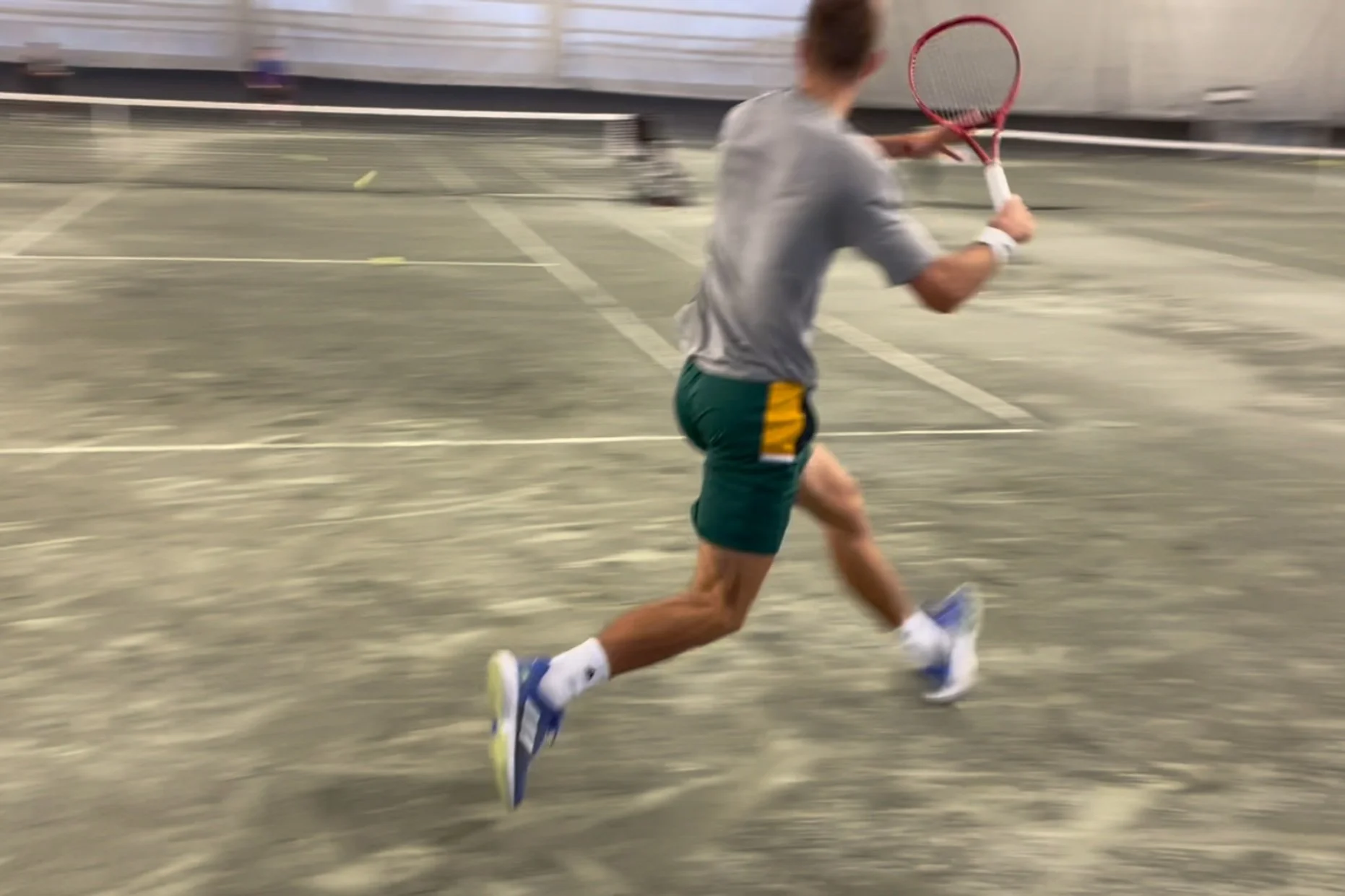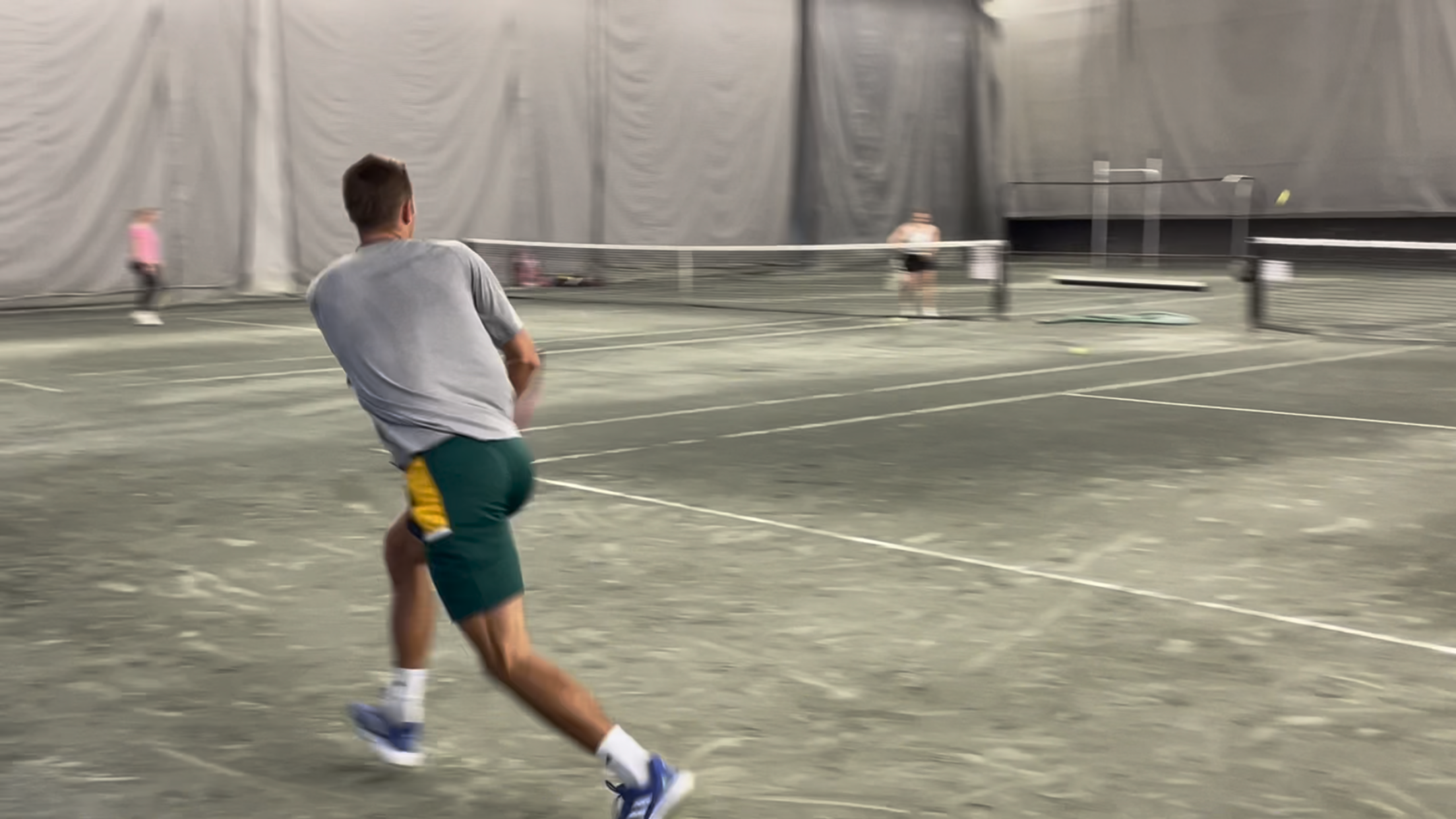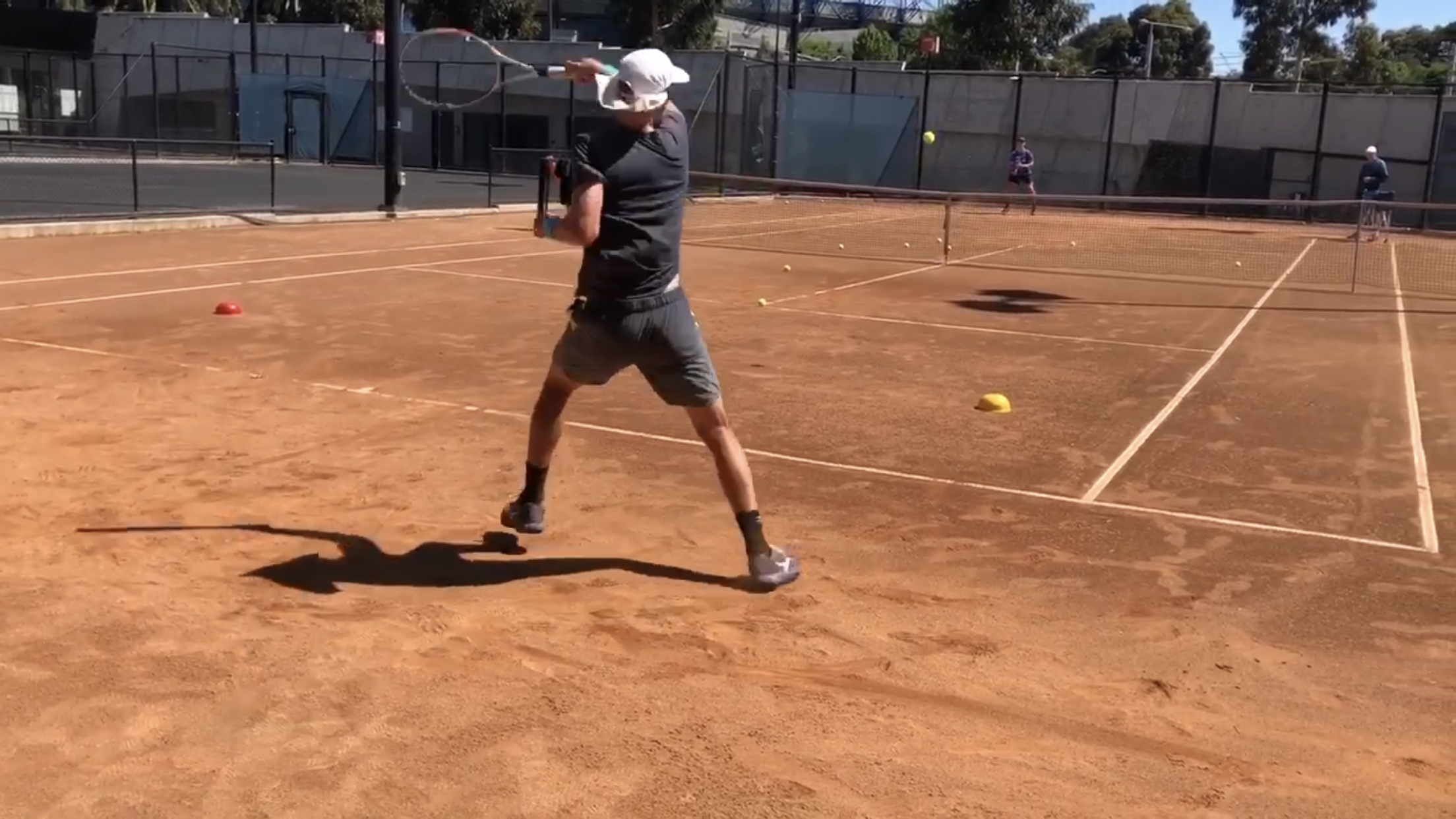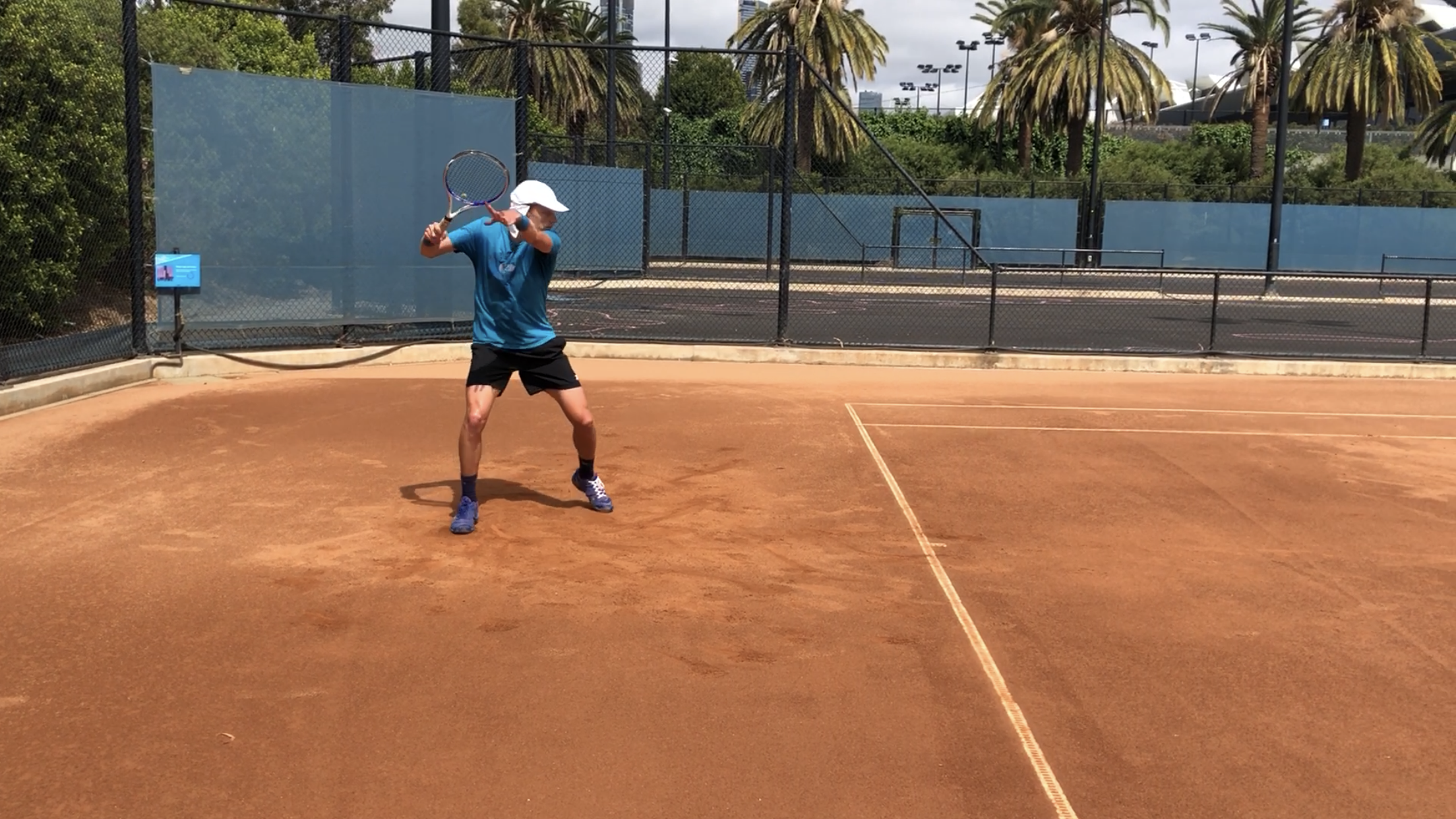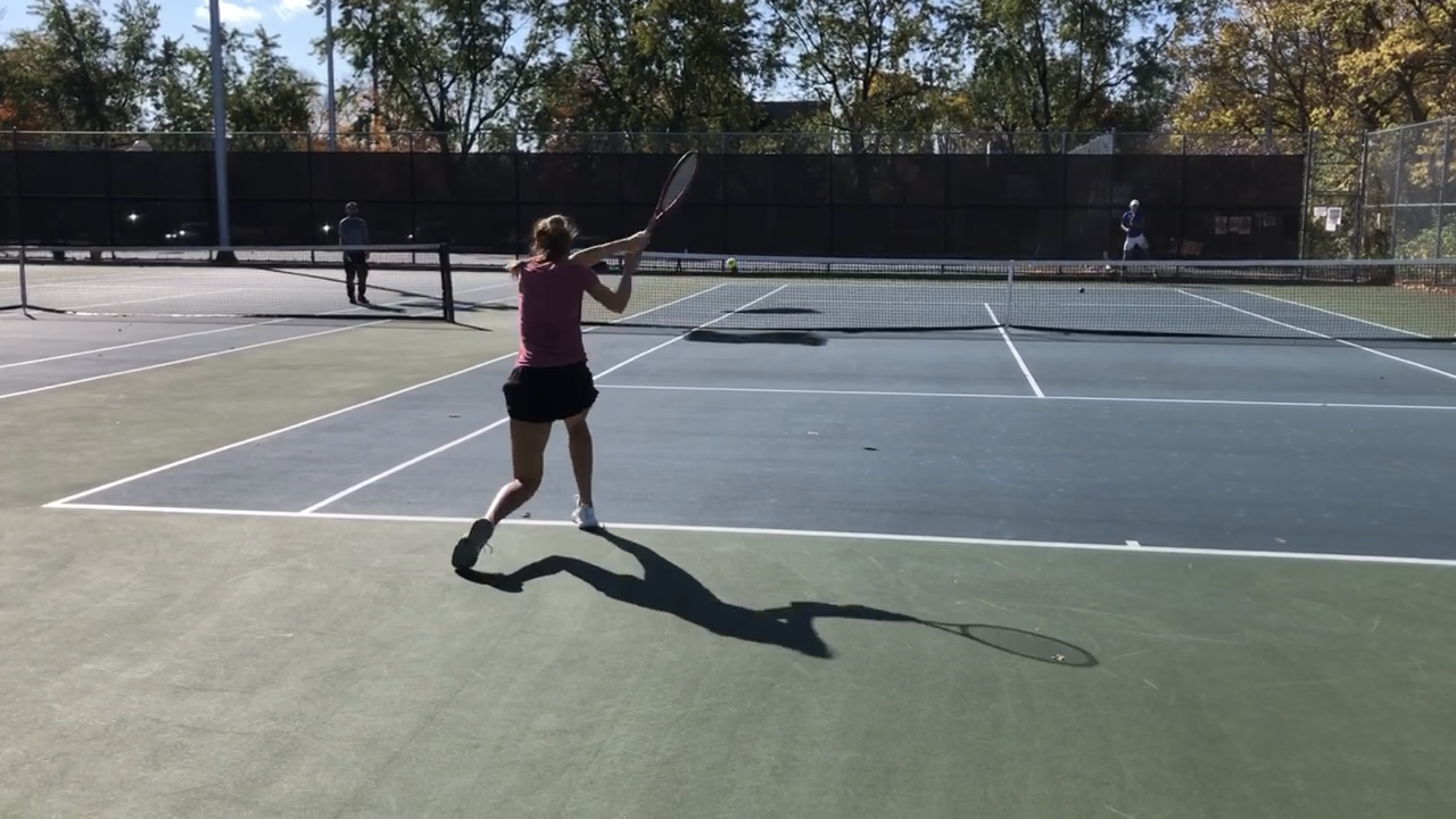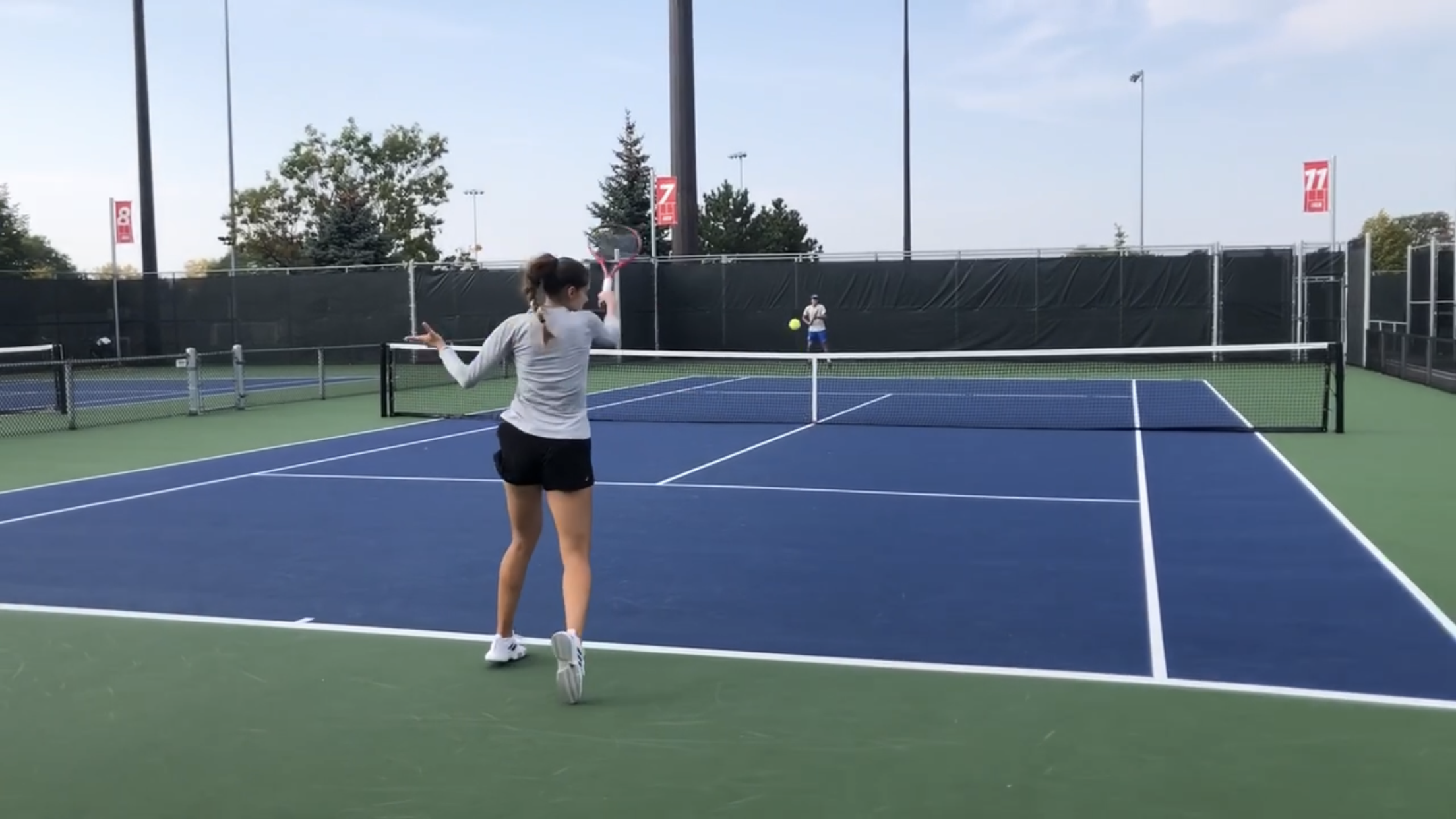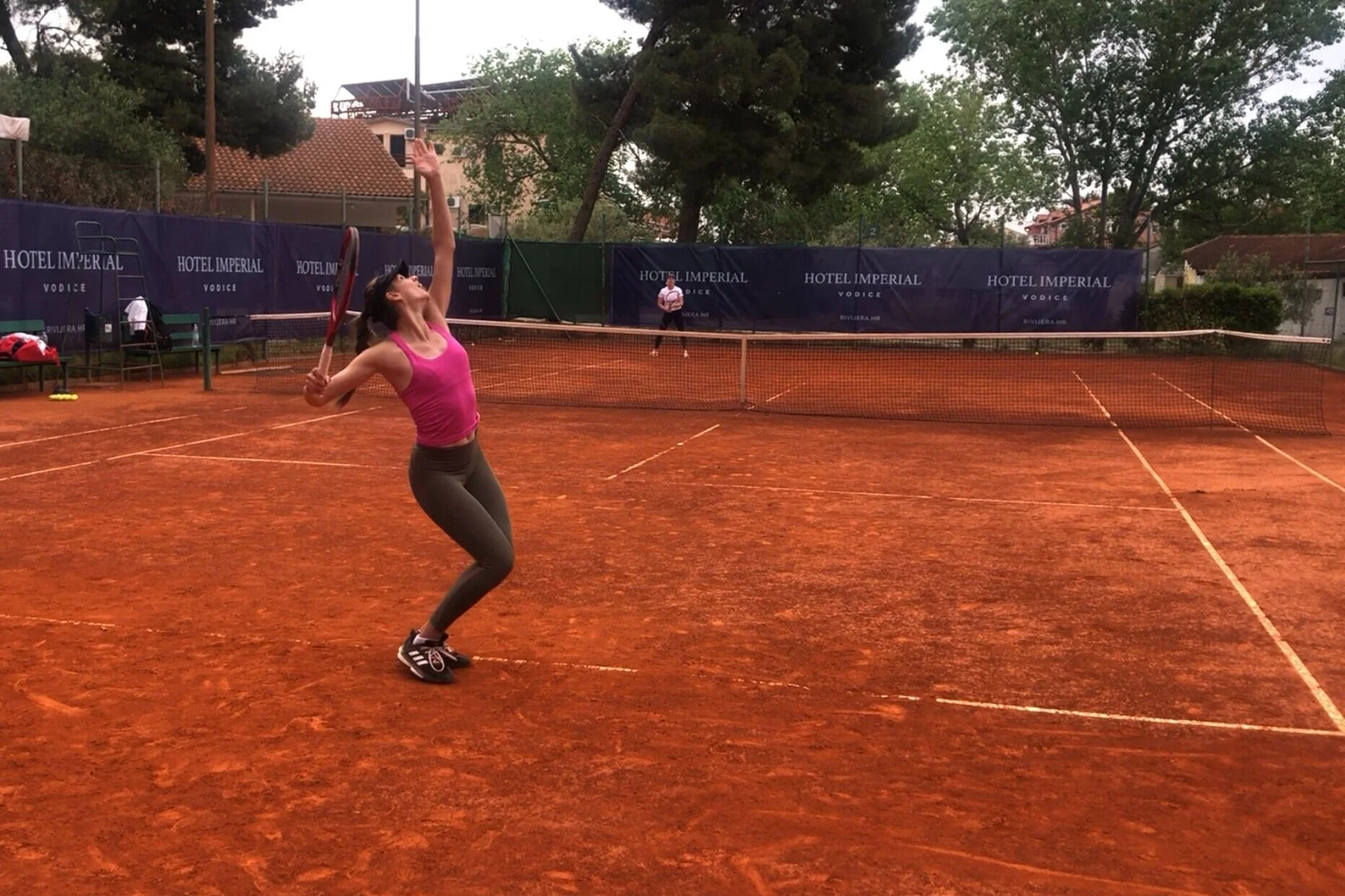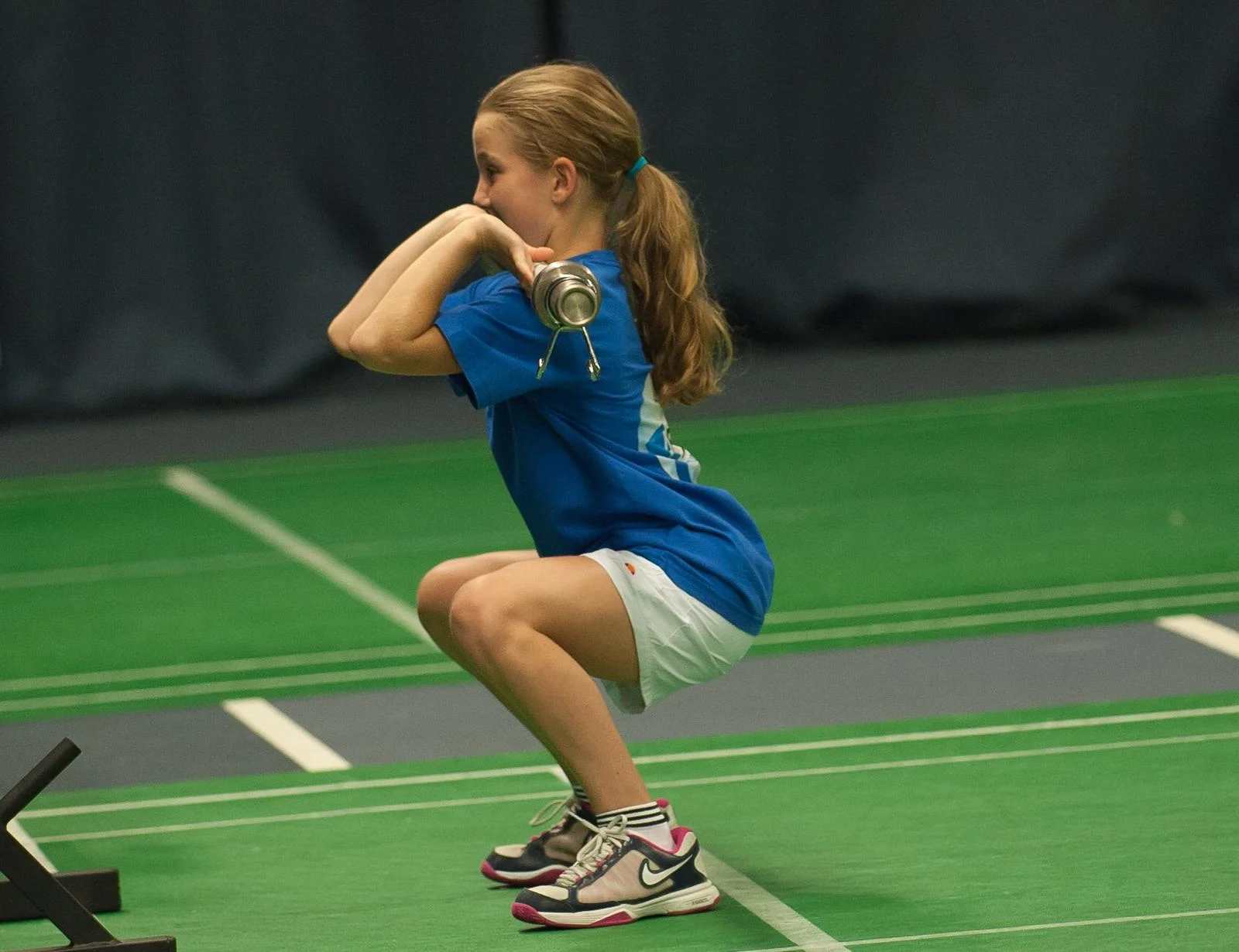Novak Djokovic is arguably the best tennis player of all time. It’s no secret he possesses an array of talents and skills. From his technique, to his mental toughness and everything in between.
His physical abilities aren’t too shabby either. Flexibility, stamina and movement are merely a few that come to mind.
While Novak is unquestionably a physical specimen, he’s not the fastest tennis player I’ve ever seen. It’s obvious he’s not the strongest. And I’d say he’s probably not one of the most powerful out there either.
Whether you’re a tennis player or a tennis coach, if most of your practice time is spent hitting balls from a basket or hand feed, you might need to rethink your strategy.
Before I dive into this argument, let’s set the stage. There are essentially 2 types of practice balls that a player can receive. A live ball and a dead ball.
A lot of instruction in tennis is coach-directed. And a lot of that is simply the addition of information. Whether positive or negative, this often includes verbal feedback, praise and prompting. There’s also non-verbal feedback like gesturing or modeling - in other words, the coach uses a bodily action to demonstrate what they are seeking from the player.
My take on this - it’s critical… but (and it’s a BIG but), it’s overdone….
I get a fair amount of questions sent my way on a weekly basis and this past week was no different. But I thought it would be best to share them on the blog for others to benefit from as well (especially given that the questions were quite good and very relevant to what I often hear from coaches and players).
Let’s get to them!
At the time, I was deeply immersing myself in topics related to motor learning - and experimenting with this player in particular (he was quite open to new ideas).
One area that stood out to me was the topic of feedback - and its impact on learning.
There are no shortages of training videos these days. Just open your Instagram or Facebook app and within seconds you’ll be inundated with more drills than you know what to do with.
The question is, will these drills help your tennis?
What does the typical practice in tennis look like? If you’re someone that’s been around the game for many years, it probably follows a pretty similar structure - mini-tennis, groundstrokes, volleys/overheads and lastly, serves and returns.
But what if a player’s priority is to improve the serve? Does it make sense to hit for an hour (or like in many tennis settings, beyond an hour) prior to serving?
While there’s nothing normal about the current competitive tennis calendar, a few of my players are in a situation where they’re able to play a competitive league - organized by Tennis Canada.
Over the last few weeks, I’ve had the chance to play more tennis. More than usual anyway. And it’s been really great (although I’m not in as good of shape as I thought I was!). The truth is, I’ll be 35 this year, which means I could, in theory, play senior ITF events. Maybe I will, who knows.
I recently wrote an article for ALTIS - an education platform & elite athlete training facility - where I outlined how I use their Kinogram Method with tennis players.
What I didn’t do in that post, however, was show a step-by-step approach of how to actually develop a kinogram - which is what I’m going to do here.
I recently saw a post on a Facebook coaching forum. It was actually a question that went something like this, “coaches, have you seen any of your players improve their tennis because of their physical training?”.
My hand immediately covered my face and I began shaking my head in disbelief (no, no, no...it can’t be).
My answer to the question is an emphatic YES! Of course I’ve seen - on numerous occasions - physical preparation directly benefiting a player’s tennis game.
And in this post, I wanted to expand on these topics in more detail to add clarity to each.
First, here’s a bit of context. It’s been nearly 10 years since I began my master’s degree in sport science at the University of Edinburgh. It was 2010 and I was an eager young lad (as the scot’s would say).
Before then, I had a lot of ‘in the trenches’ experience - as a player and a coach. But going through a masters programme got me on the research train, and I’ve been on it ever since.
Tennis has evolved. From racquet technology to improved training methodologies and everything in between. We now see a different type of tennis being played. Overall, it’s faster, points are shorter and there’s no denying that it’s more power oriented. Because of this, players have had to adapt.
And adapt they have. It’s not uncommon to see players lifting weights to gain more strength & power…
Many in tennis are fanatical about technique. Everything from a player’s grip, to their elbow placement on the forehand, to the degree of knee bend on the serve and everything in between. Some coaches take it to the point where you need a ruler, a protractor (and perhaps a PhD) just to analyze a basic groundstroke.
While I too believe that technique and mechanics play a vital role when it comes to playing high calibre tennis, we must respect the uniqueness of each individual. Take any 2 players on tour and compare them side by side, you’ll notice that variations exist - even when attempting to execute the same shot!
“Get set”...“use your legs”...“keep your wrist locked”...“step in!”...“move forward”...“hit higher”...“follow-through”...
If you walk by a tennis court during a lesson, these are only some of the phrases you’ll hear being shouted from across the net. The problem (beyond their vagueness) - as we alluded to in last week’s post - is the constant bombardment of these phrases. At times, players don’t just hear one cue or piece of feedback, but 5 or more. And further to that, it’s on every ball! Is this feedback facilitating learning? Or hindering it?
Like many coaches, I work with a variety of players. This includes older teens looking to make the transition to pro, juniors that are still honing their skills, seniors that want an edge and pros climbing their way into the top 100. On top of that, it’s a mix of females and males.
This get me thinking (and contemplating) - is my on-court and off-court feedback impactful? Is it driving change? Or impeding it?
Are you a high-performance player or coach? If so, this post is for you.
You see, I’ve coached in a number of high-performance settings. From academies, to federations and in private settings. One common characteristic that has struck me time and again is training schedules. The typical schedule sees players training Monday to Friday. On rare occasions, some take part in Saturday morning sessions - but this is certainly not the norm. As you can see, these settings follow the regular school and work week schedule.
But is it the most ideal option when developing an elite performer?
’ve received many questions of late and thought it might be interesting to share some of them in a post, along with my thoughts on some key topics. These queries come from players, coaches and even tennis parents.
As you read along, keep in mind that a lot of scenarios are circumstantial, so there could be more than one answer to a particular query. That being said, I will give the most direct, evidence backed response, that I possibly can.
Wouldn’t it be great if we had a step-by-step recipe when it came to building the ultimate tennis champ? Just add 10 years of skill training, a half-decade of physical development and a sprinkle of mental skills...and voila, a world-class player, just like that!
Jokes aside, the topic of ‘what it takes to get to the top’, is eternally interesting. Whether you’re a coach, parent or athlete, achieving high levels of success in your chosen sport, is often a lifelong dream. The odds, however, are stacked against us all.

